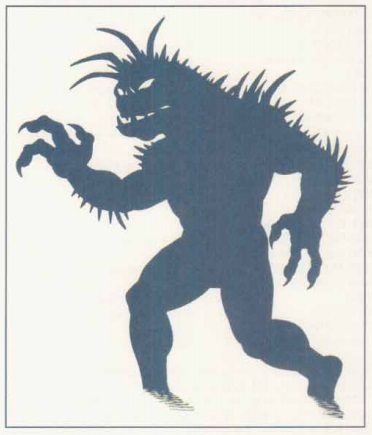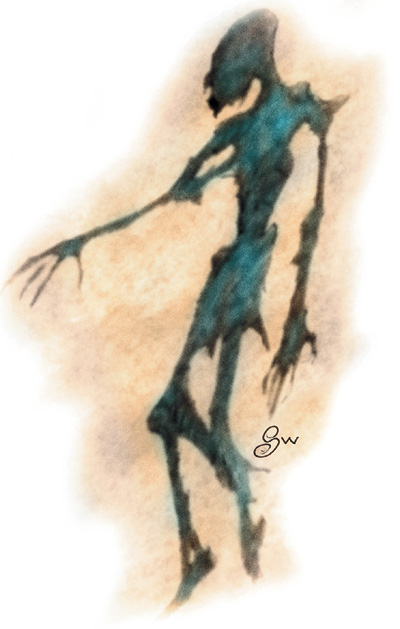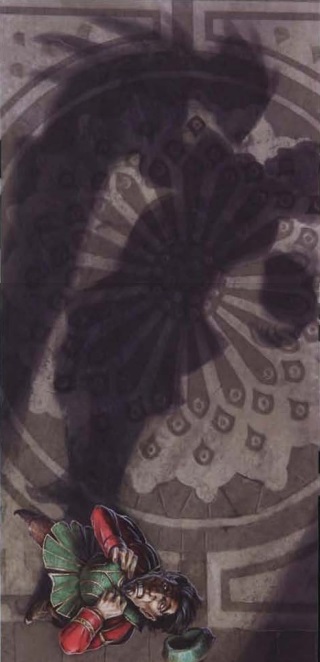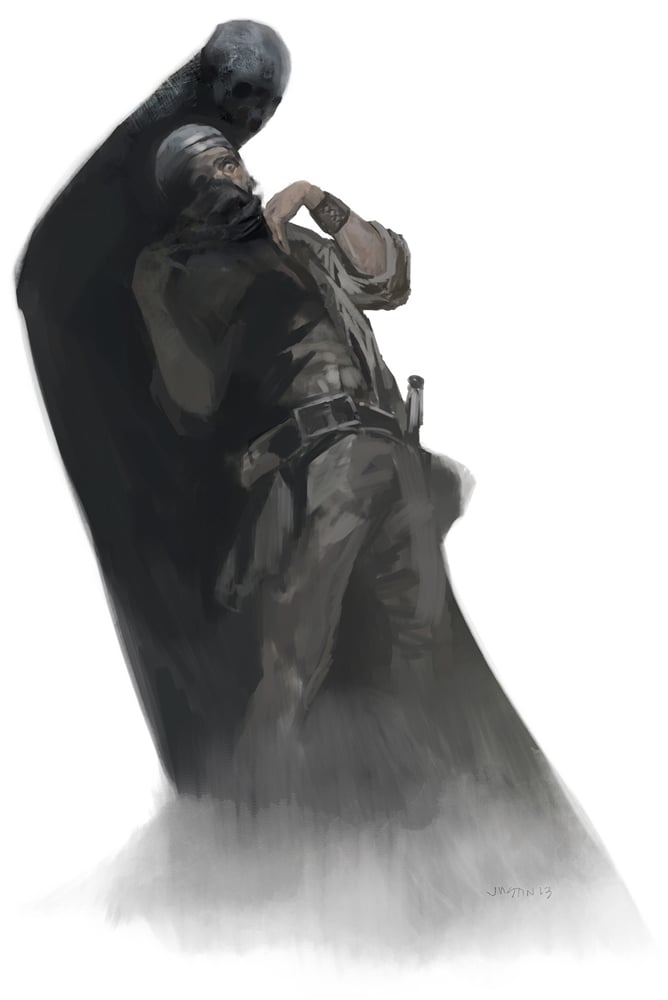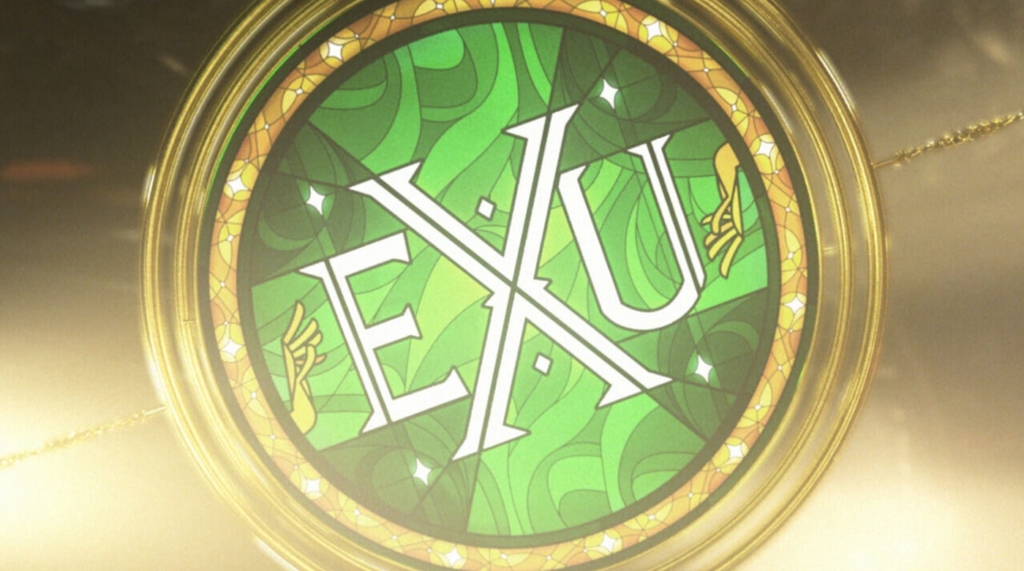D&D Monster Spotlight: Keep An Eye On The Shadows
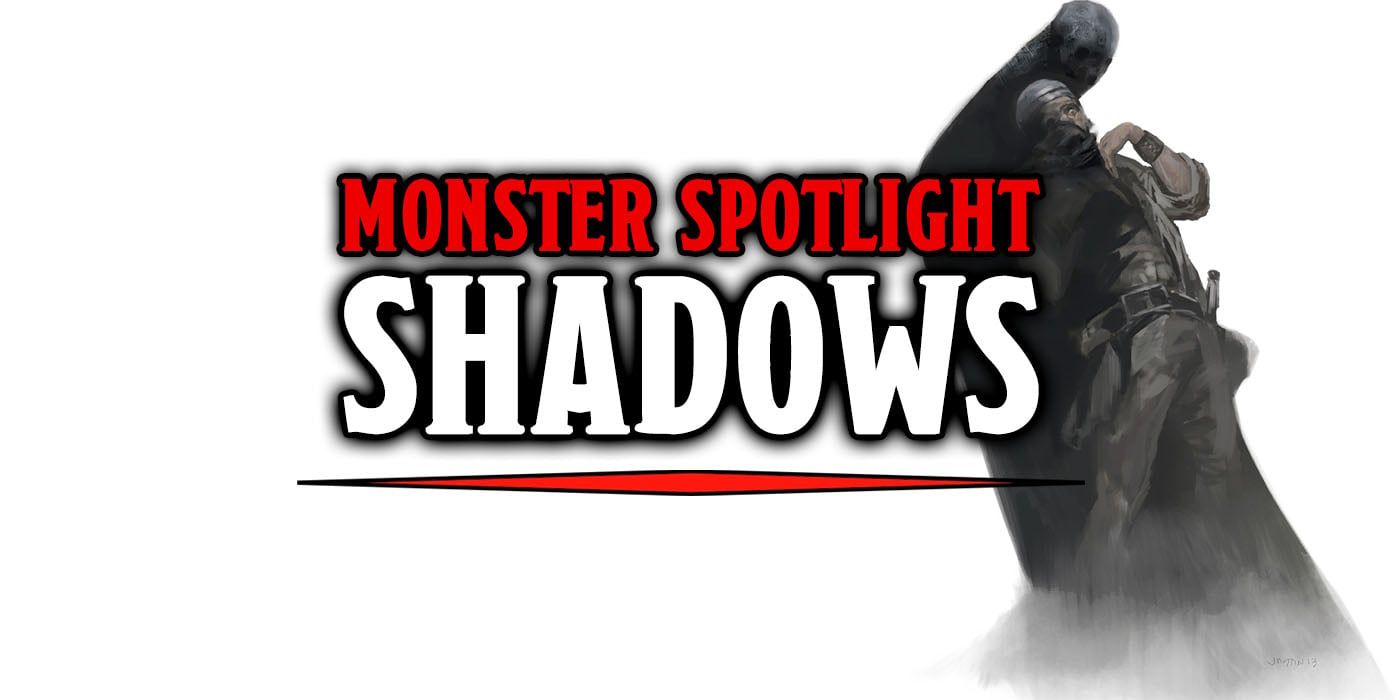
If one of your adventuring party doesn’t cast a shadow, watch out, they may just be being stalked by their own undead Shadow.
Shadows feel like they should be benign to mostly harmless, right? They’re shadows. Peter Pan had one that was mischievous but not all that bad and mine doesn’t usually get up to trouble on its own. Sure, they were scary that one time on Doctor Who, but how bad can a shadow be? In Dungeons and Dragons, pretty darn bad is the answer, turns out.
First Edition
Unlike your run-of-the-mill normal shadow, Shadows of the D&D world are undead creatures who live primarily in ruins or deep underground and hale from the Negative Material Plane. They attack living creatures with almost no discern and can drain their life force with a touch and use it for itself, sometimes turning humans into shadows themselves. Nearly entirely undetectable, your party members will have better luck seeing a Shadow in well lit areas, but that’s not where the Shadows will be hanging out and waiting for you. So hopefully you travel with sun lamps wherever you go.
Second Edition
Shadows attack with a cold touch, by draining the life force from their opponents and ideally turning them into Shadows themselves, compelled to join Shadow society. Second edition lets us know that their true specialization and passion is terrifying their victims. And once an adventurer has been successfully shadow-fied, Shadows have no interest in any of their treasure or earthly possessions. In fact, physical items like these tend to remind the Shadows of their life before and make them furious.
Third Edition
D&D Shadows are only a little more intelligent than standard shadows, not able to speak intelligibly and having little more strategy than waiting in dark places for a potential victim to happen by. A Greater Shadow is just slightly smarter and much more fearsome, using cunning and hit and run tactics to confuse and disorient their prey as well as hide from direct attacks. All shadows are equally bad at staying hidden in well-lit areas, but they do have the upper hand when it comes to hiding with racial bonuses to Listen, Spot, Search, and Hide checks.
Fourth Edition
In 4E Shadows aren’t undead creatures any longer, but something that walks the line between life and death and are native monsters to Shadowfell. They aren’t weaked by light except for radiant energy, which is lethal to them, but light does expose their presence to the potential prey they are stalking from the shadows. Also, disturbingly and for no discernable reason the numbers of Shadows in Fourth Edition was steadily rising.
Fifth Edition
In Fifth Edition Shadows are back to being undead creatures, but by far the largest and creepiest change is what happens to a living creature who is turned into a Shadow and then somehow rescued. Their undead Shadow remains and senses the return of their “parent” creature to life, and from there it may seek this parent out in order to torment or even kill. A person with an undead Shadow may know, as they stop casting a normal shadow until the undead one has been destroyed.
Have you ever encountered a Shadow in your adventures? Have you ever had an undead Shadow of your own? How did you destroy it, or do you have a Shadow haunting your character to this day? Let us know in the comments!
Happy Adventuring!

